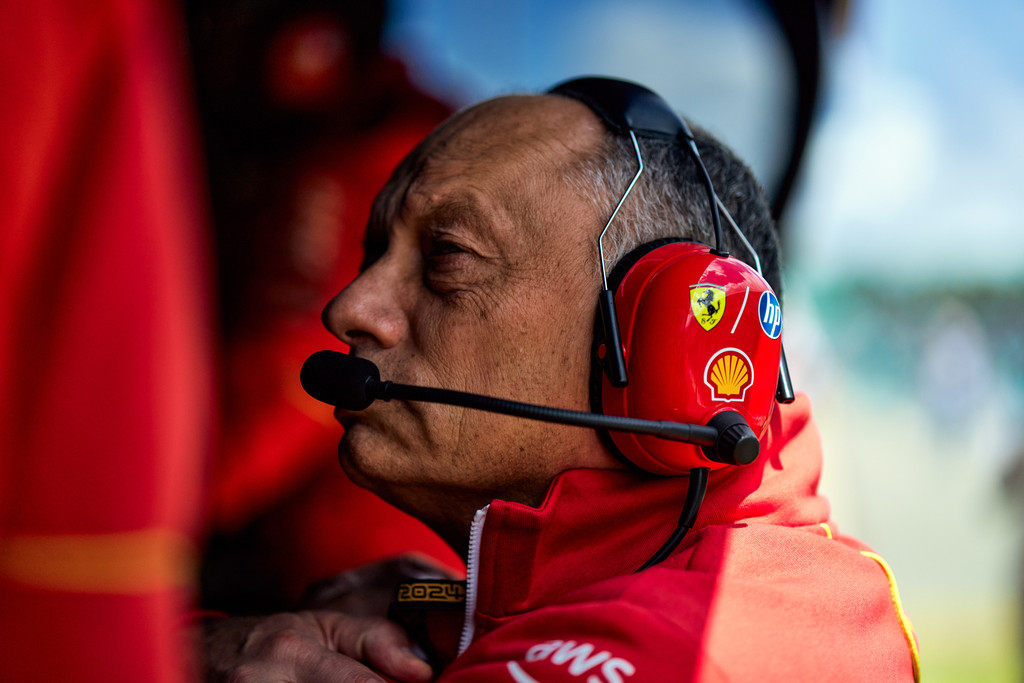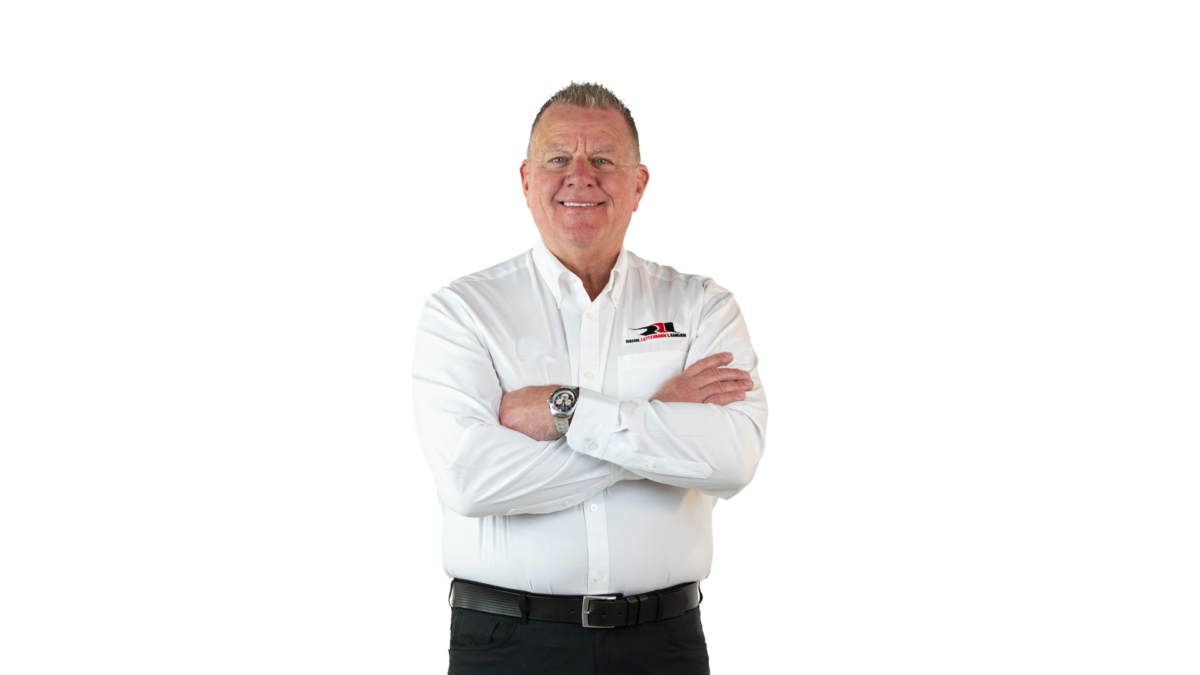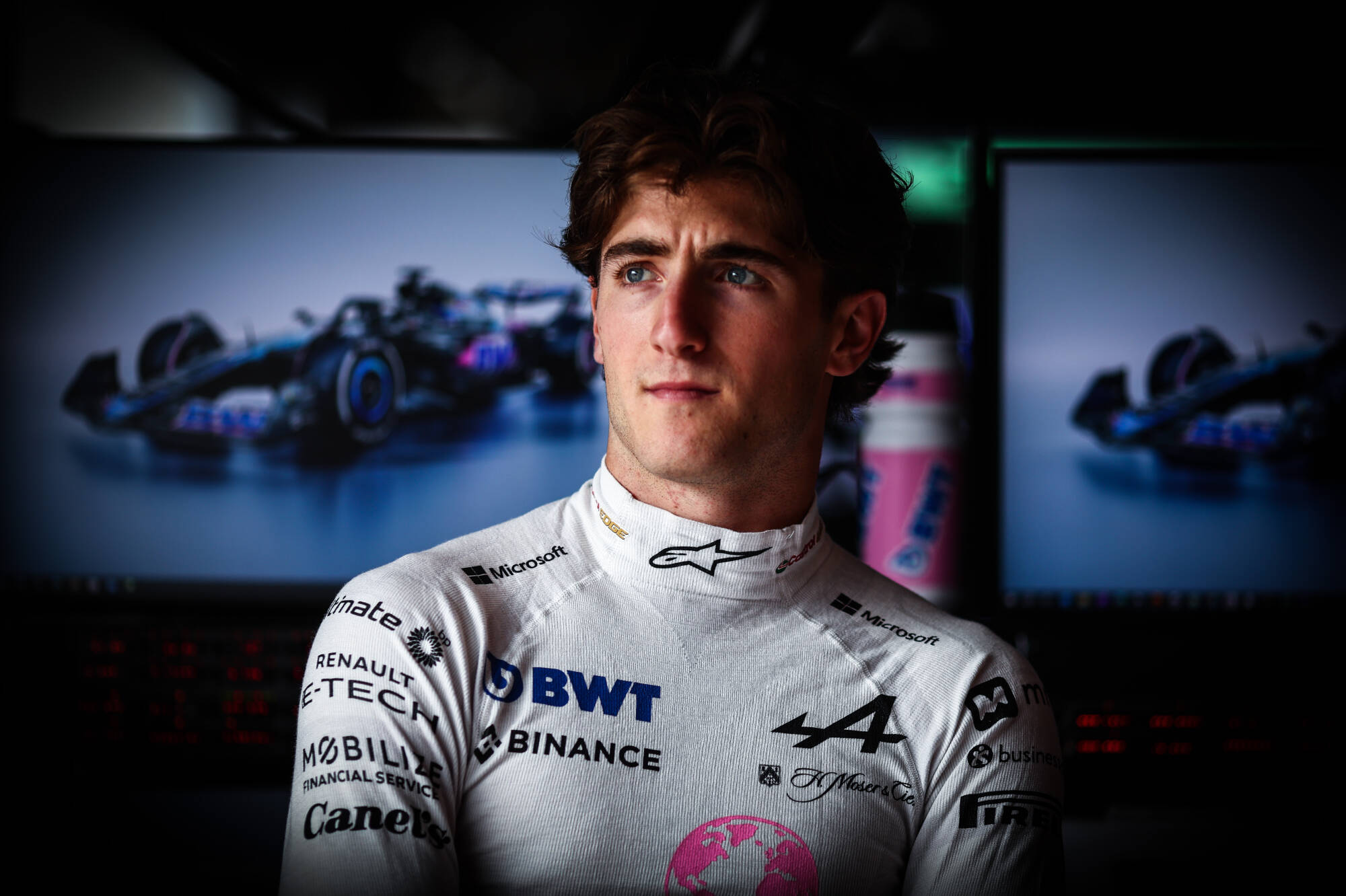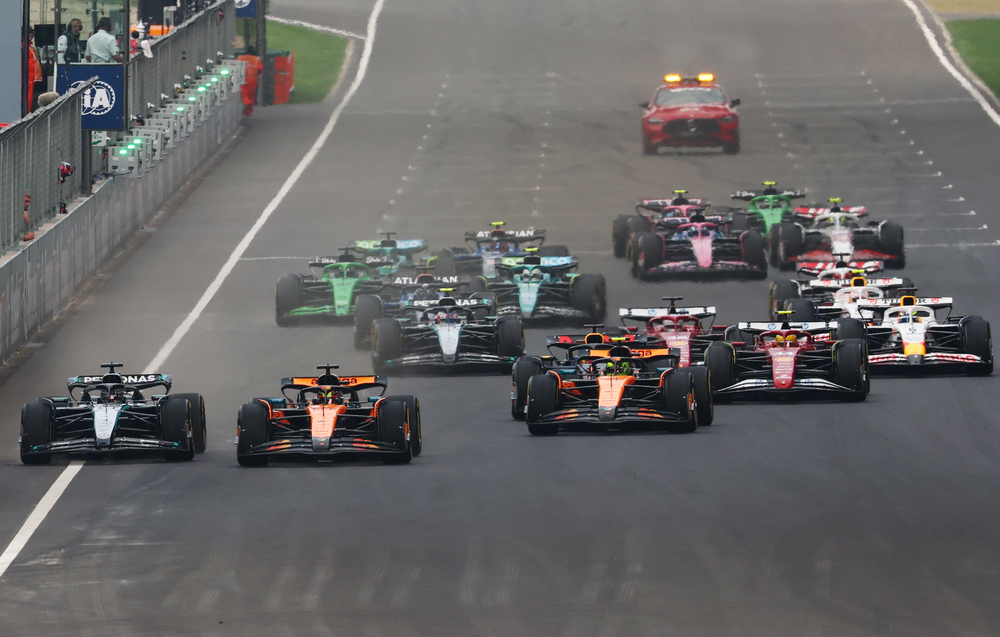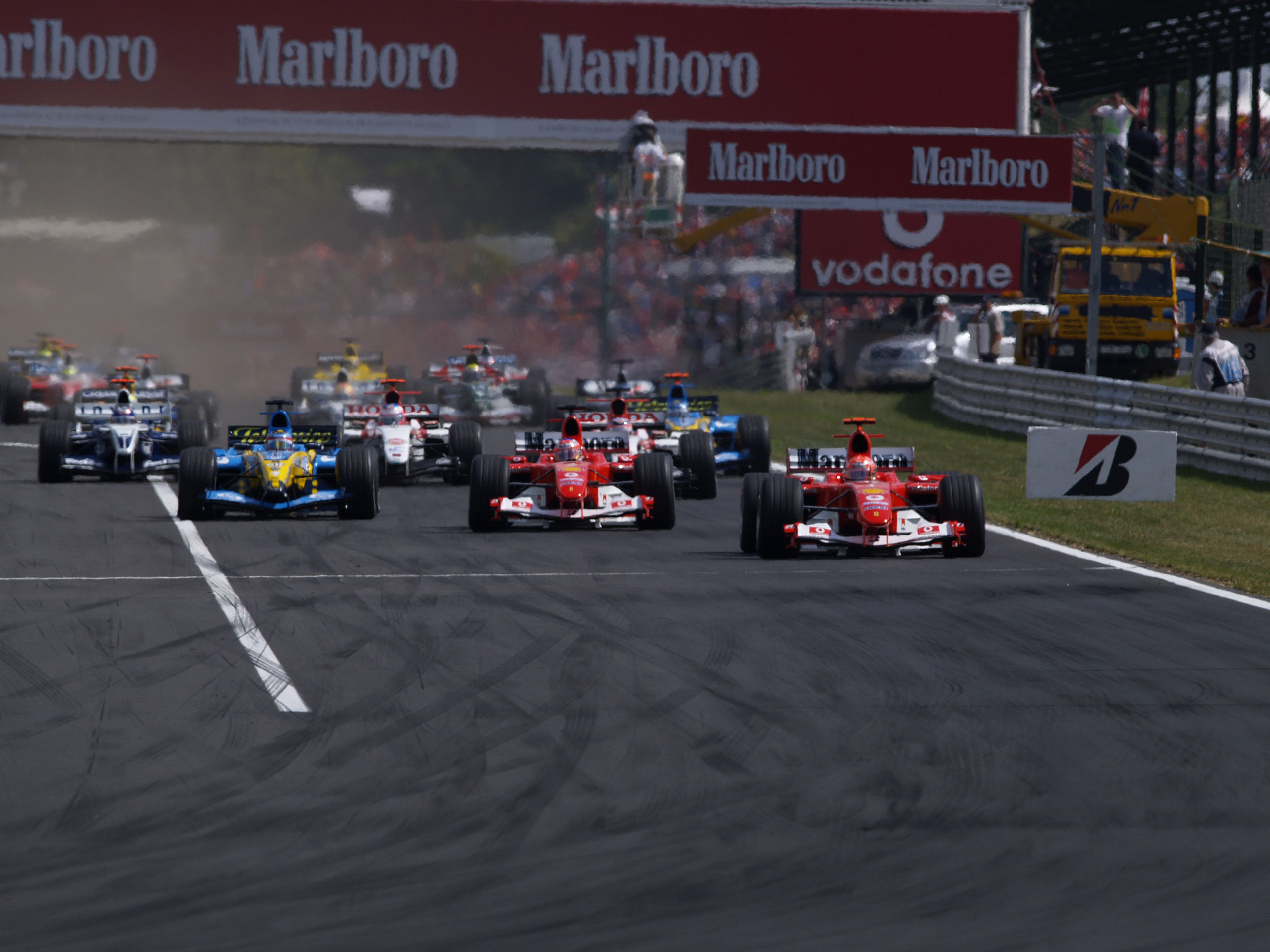Co-Author: Chiara Martin
In a recent interview, Ferrari team principal, Frédéric Vasseur, shed light on the team’s ongoing challenges and shift in focus from chasing major upgrades to prioritising tyre performance.
The Spanish GP was a bumpy ride for the team, and despite bringing updates to the race weekend in June, they failed to deliver their expected performance gains. It led to bouncing in high speed corners, and Ferrari reverted back to the Imola-spec floor at Silverstone.
Speaking to Auto Motor und Sport, Vasseur admitted an upgrade will be needed to sort out the problem once they have fully figured the cause.
“The Barcelona upgrade is progress on paper and to a large extent on the track as well. Unfortunately, the bouncing came back in some fast corners. However, not in all of them.
“That’s why we compared two different underbody specifications in Silverstone. We now have until Budapest to find a solution.
“At the beginning, one will have to decide to create a state without bouncing and sacrifice a bit of lap time.
“The goal, however, must be to sort out the parts responsible for the bouncing with an upgrade.”
Porpoising on the SF-24 is not a new problem to hit the team, it’s been an ongoing issue for Ferrari since 2022. Not only does it affect the car’s stability, but it also raises tyre temperatures and that leads to a snowball effect regarding performance losses.
Vasseur explained that these challenges are difficult to solve as it’s hard to reproduce track conditions in the wind tunnel whilst testing. While focusing on a remedy for the car’s weaknesses, they often neglect improving other areas of the car.
“Last year, we suffered in fast corners. So, naturally, you focus a lot of attention on that area and work through it in the wind tunnel. That’s why it looks like the strengths of last year are now weaknesses.
“Only small steps [regarding upgrades] are coming now. That’s why it has become so important to use the tyres correctly. That has five times as much impact as an upgrade.”
The result from Barcelona, and the following races, has further displayed the team’s tyre woes in qualifying, although propoising has been a bigger issue recently for the Italian squad.
Vasseur said, “Using the tyres correctly has five times as much impact as an upgrade. It determines the lap times in qualifying more than the car development.”
This pivot to focus on tyres instead of major car upgrades marks a change in the approach.
“The tyres mask the true quality of the car,” Vasseur noted, explaining that small errors in tyre preparation, pressures and management can have a significant impact on the result.
Reflecting on the team’s journey, he highlighted the importance of addressing their weaknesses. He shared Ferrari’s progress since 2023, noting that a focus on fixing last year’s struggles in fast corners has paid off.
“Last year, we suffered in fast corners. So, naturally, you focus a lot of attention on that area and work through it in the wind tunnel,” he said.
“The field is so close together now that you can’t really talk about strengths and weaknesses anymore. If the difference is only two tenths, something positive can easily turn into something negative.
“Development steps are now becoming visible again. In the past, hardly anyone noticed a two-tenth improvement. Now it can move you from fifth place to first,” Vasseur noted, emphasising the margins at play.
Vasseur spoke about the team’s willingness to take calculated risks, something he believes is essential when competing at the front of Formula 1.
“It means daring to step out of the comfort zone. Whether it’s the fuel amount for the race, the weight, the cooling, the car set-up,” he explained.
This approach, inspired by Red Bull’s aggressive tactics, is vital in pushing the team forward, “That was, in my opinion, one of Red Bull’s great trump cards.”
Vasseur acknowledged that this strategy opens the team to making more mistakes, saying, “You naturally expose yourself to the risk of making mistakes. If things go really badly, then you have to slow down a bit to stay within the limits, or you get disqualified.”
“That is the price you have to pay if you want to compete at the front. That’s how your competitors see it too.”
“When the field is so close together, you can’t leave anything on the table. That’s why I also take responsibility for mistakes. If they happen because we were aggressive, then I accept mistakes. If they arise from carelessness, that’s a different story.”
Compared to previous years, the current F1 landscape is much more close in competition, with McLaren, Mercedes, Red Bull and Ferrari all winning races this year so far.
The Frenchman once again pointed to the extraordinarily close times in qualifying.
“In Imola, we had Sainz and Russell within two thousandths. Three races later in Barcelona, we are three hundredths behind the Mercedes. Sometimes we get praise, then we get criticis for a few hundredths of a second.
“You can argue with points but not with lap times. We don’t do a better or worse job if we are a hundredth ahead or behind.
“As a team, you have to stay calm. That’s not easy because the reactions outside are very strong. In Italy more than elsewhere.”
Vasseur pointed out that with eight cars in the leading group, minimising errors is more critical than ever.
“Now there are eight cars in the leading group. And whoever makes the fewest mistakes is at the front.
“That’s why our focus has to be on minimising errors. That’s what makes Formula 1 so interesting right now.
“Everyone has to go to the limit, and if you overdo it a bit, you end up on your nose. No matter what you do, right or wrong: you pay a price.
“In Formula 1, you’re always working on your weaknesses. That’s where you find the greatest potential for improvement. This applies to the whole field. The weaknesses of the individual teams have suddenly become strengths.”

